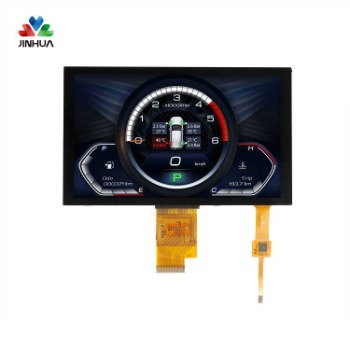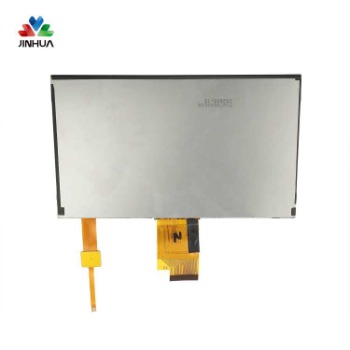Working principles and comparison of advantages and disadvantages of LCD and OLED part two
Jun 20, 2024
02
Comparison of the advantages and disadvantages of LCD and OLED
2.1. OLED consumes less power
As long as the LCD screen is turned on and the entire screen is fully lit, it will continue to consume power. The OLED screen consumes more power than the LCD only when it is turned on to display a pure white screen. However, each pixel of the OLED screen can independently control the brightness and switch, so that the brightness can be reduced individually or even turned off. Therefore, unless you stay in the white screen for a long time, OLED's battery life is longer.
2.2. OLED has higher contrast
Contrast refers to the brightness ratio of black and white in an image. The higher the contrast, the brighter the picture and the richer the colors.
If the LCD wants to display pure black, the ideal state is for the liquid crystal molecules to be completely closed and completely block the emitted backlight, but the deflection of the liquid crystal molecules cannot be completely closed. Therefore, when displaying black, a small amount of white light will shine out, so what you see on the screen is not pure black, but gray with greatly reduced brightness. This characteristic determines that the LCD screen cannot display true pure black. .
OLED itself does not have a backlight, and each pixel is controlled independently, so the power supply to the black pixels can be directly cut off to achieve complete blackness without emitting light at all.
Therefore, OLED screens have higher contrast.






 English
English Deutsch
Deutsch русский
русский español
español العربية
العربية



 IPv6 network supported
IPv6 network supported
